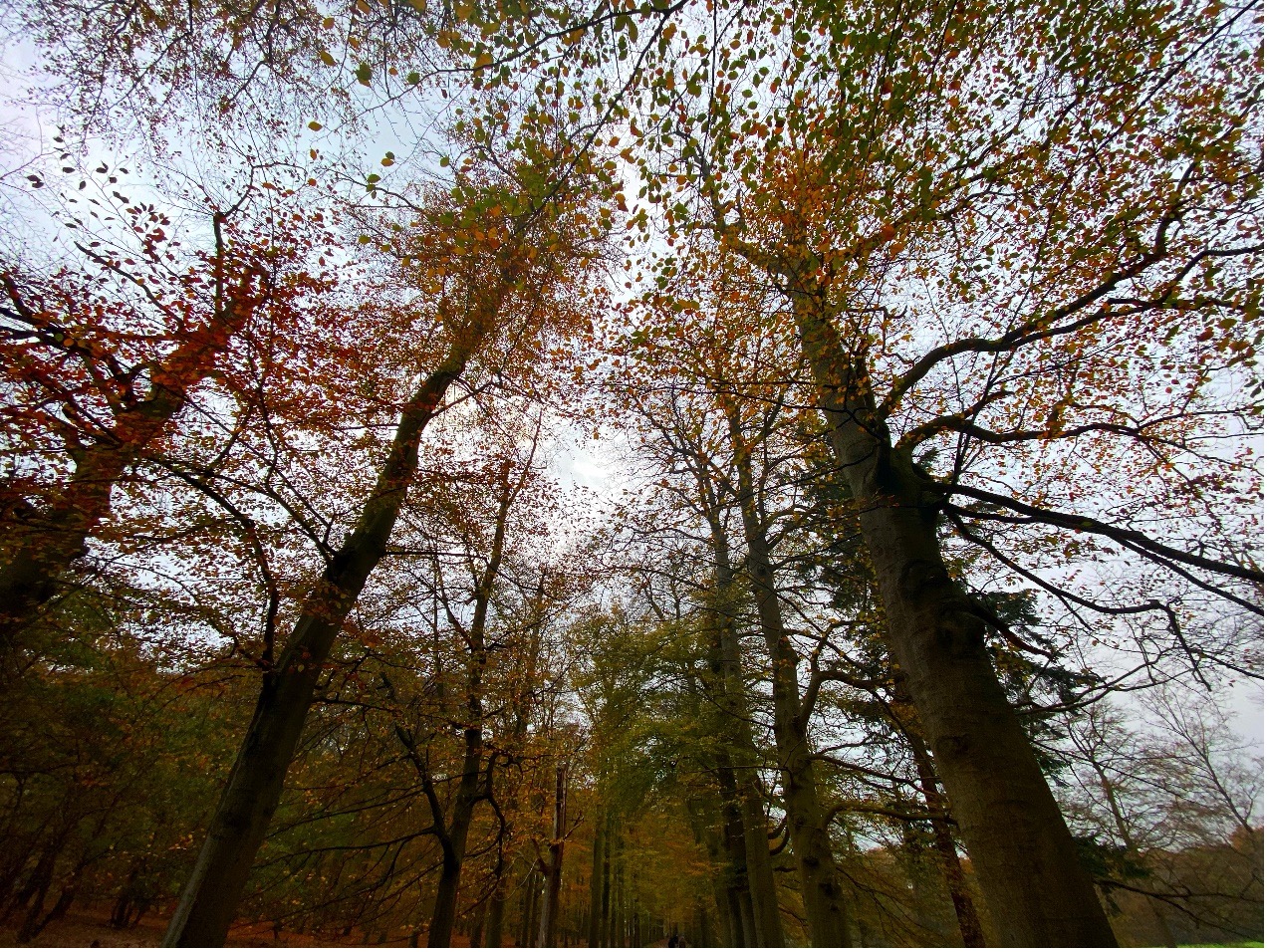Seminar Blogs
“Branching Storytelling and Speculative Realism” – Liang Yue

After watching the registration of Estado Vegetal, the voice of the plant still lingered in my head. The “I can’t move” expression and the resonant voice subtly contrasts the plant’s two properties: still and kinetic. Manuela Infante, the scriptwriter and director of this show, shared her exploration of branching storytelling strategy and speculative realism during the lecture.
Branching storytelling is a dramaturgical structure to compose the non-linear story. Although it is not a new concept, Infante takes it as an experimental approach to creating the plant-based, non-anthropocentric dramatic performance. While struggling with how to let non-human objects make their “voice”, she was inspired by plant neurobiology, which, in recent years, pays attention to the ontological, non-humanlike intelligence in plant’s ‘behavior repertoire” (Calvo and Baluška 2015, 1329). In other words, plants “think” through their actions (branching their body). Similarly, plant’ “voice” should be heard through their movement. Thus, when creating a plant-based performance, branching storytelling has two meanings: First, just as the growth of trees, branching storytelling shows the multiple ongoing realities through interlaced monologue and conversation. To further densify the moments, Infante also introduced the looper pedal into her show. With the same rhythm’s reoccurrence, new voices overlay old voices and gradually pile up a whole conversation. The conversation created by the looper pedal is not fragmented but intertwined and traceable. In the chorus-like choreography, the audience is given access to the richness and complexity of moments.
Second, as the plant’s shape is always unpredictable and has to adapt to the environment, the plant-based storytelling shows a non-teleological, speculative way of doing. The intelligence of the plant enlightens Infante to design a performance that focuses on improvisational “branching out” instead of the desired result. Audiences also have the freedom to interpret the show and storylines. Sometimes, this type of scriptwriting and the plant’s “voice” may lead the audience into the “unknown”. To Infante, the “unknown” is the thing beyond our horizon, and the theaters offer opportunities for spectators to encounter the “unknown”. By reacting to the “unknown”, the audience also becomes part of the performance.
Infante also shared her reflection on the connection between her plant dramaturgy and speculative realism. Speculative realism is a philosophy that searches for alternative frameworks of thought against the dominant forms of post-Kantian philosophy in recent years (Gratton 2014, 266). Introducing logics of the plant into dramaturgy is a non-anthropocentric approach to demonstrate “thing-in-themselves.” According to Infante, when we think of the correlation and similarity between humans and plants, we always impose human features on them. Therefore, she suggested that we should ask ourselves, “What’s the plant part in us” rather than “how the plant is like us”. By doing so, we can find more similarities than vitality, such as the modular reproduction both in plant and human body tissue.
References:
- Calvo, Paco. 2016. “The philosophy of plant neurobiology: a manifesto.” Synthese193: 1323–1343.
- Gratton, Peter M. 2014. Speculative Realism. London: Bloomsbury.

